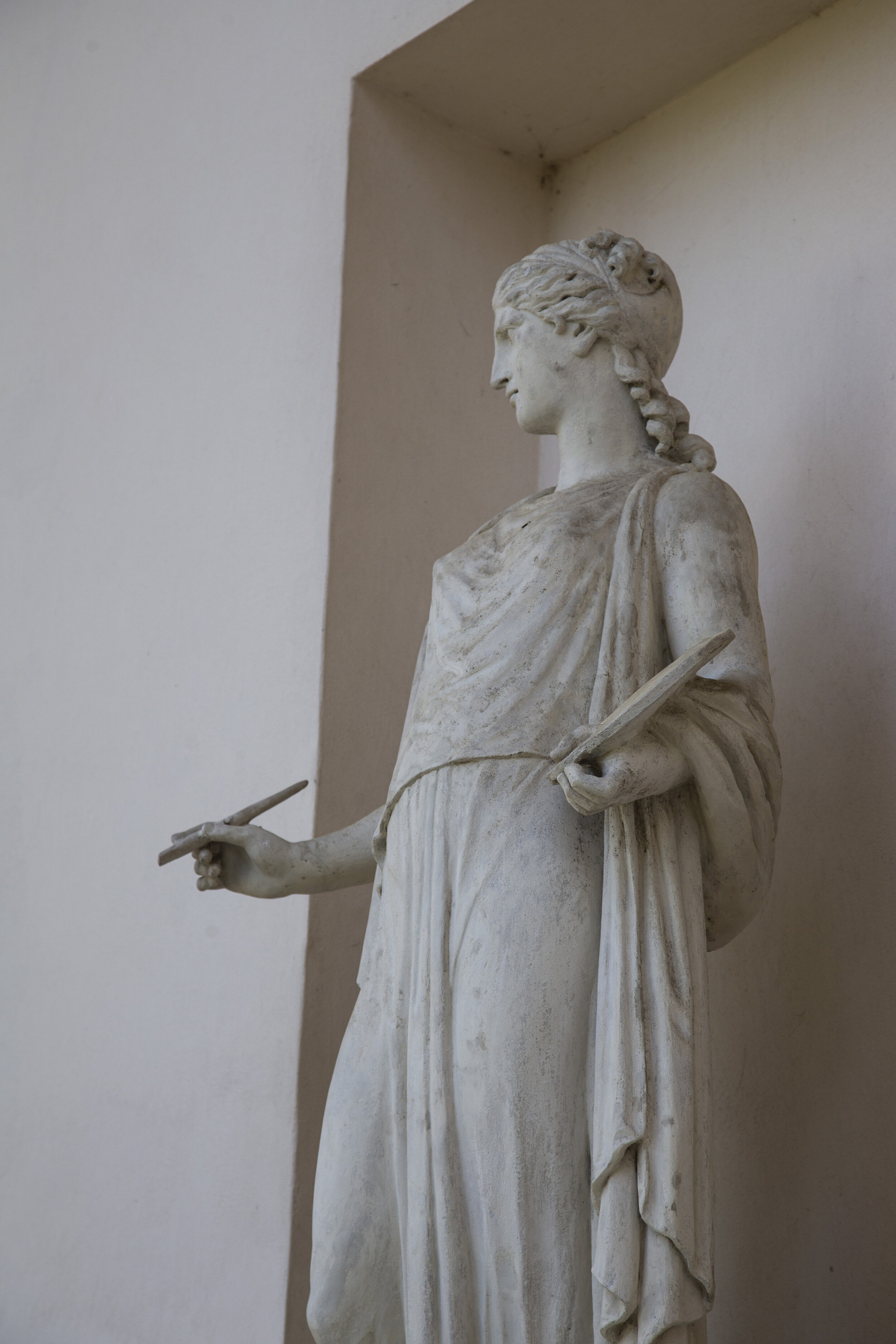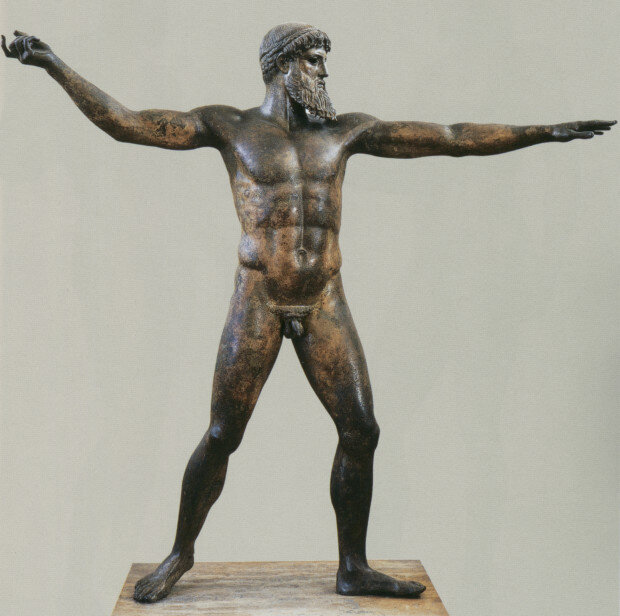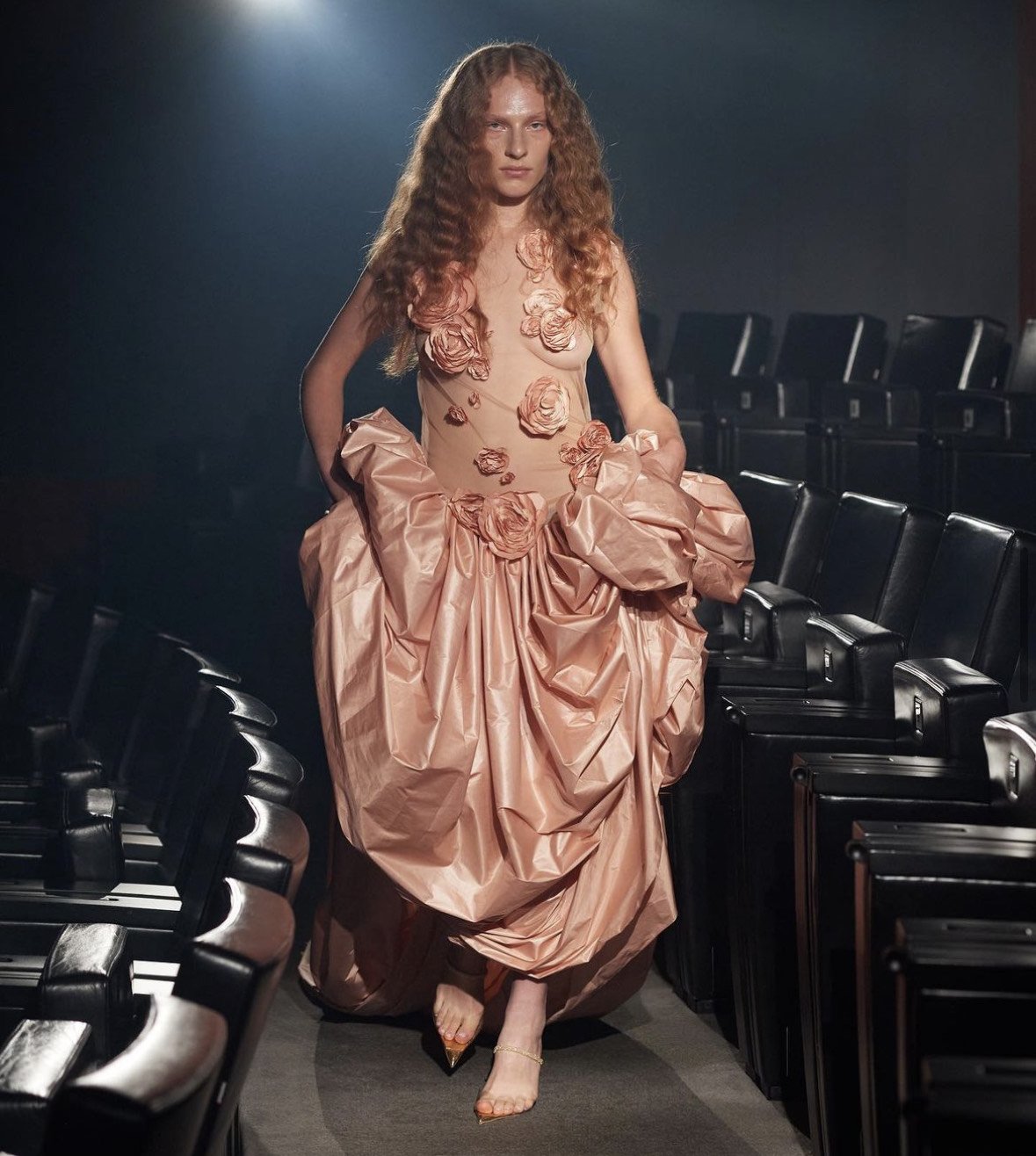Ancient Greek Beauty Standards
In 2020, body image struggles are rife, with the rise of social media spreading a singular ideal body around the globe. That ideal is the Kardashian-Jenners, slim but with exaggerated curves, slim face with large lips and large buttocks. Many are going under the knife to achieve this look, and while there is nothing wrong with wanting to do that, many ask whether it is right for social media stars and influencers to push this plastic surgery created ideal, with many lying about what they have and haven’t had done. Although this is the beauty standard today, it won’t be in ten or twenty years time, when trends and fashions change once again. So, let’s look back into history and see how different or similar beauty standards were, starting with ancient Greece.
For the ancient Greeks, a beautiful body was considered to be direct evidence of having a beautiful mind. If you were considered beautiful then you were automatically a good person, and the Greeks actually had a word for this. ‘Kaloskagathos’ meant gorgeous to look at, insinuating a good person. This is a concept that we still follow, consciously or subconsciously, today. Villains portrayed in film and television tend to be society’s view of ‘ugly’ whereas the hero of the film is generally considered ‘beautiful’. Sadly, one’s outward beauty has always been critical to one’s assumed morals and ethics, both in 2020 and the 8th century BCE.
The Artemisian Bronze, c. 460 BCE, National Archaeological Museum, Athens
In ancient Greece, the aesthetic ideal for men was not dissimilar to today, muscular and masculine. Throughout history, men have sought, because of toxic masculinity, to show how powerful they are via their outward appearance. This could be done by having huge muscles, expensive clothing or a massive codpiece (Henry I’m looking at you). In Greece, if a man was full-lipped and had a chiselled face he was beautiful. Men wanted to be seen as athletic and physically strong, with many spending all their free time at the gymnasium, working on their gains, and they did it without protein shakes! One stark difference from today’s standards, however, is ancient Greece’s desire to have small penises. Ancient Greek playwright Aristophanes wrote that the ideal traits of males were “a gleaming chest, bright skin, broad shoulders, tiny tongue, strong buttocks, and a little prick.” Big penises were seen as vulgar and a sign of stupidity. This is also visible in ancient Egypt. To put it plainly, a small, flaccid penis represented self-control and good morals. This is also a factor in why many male statues are shown in the nude, the penis showed character.
Ancient Greek females also had body ideals to follow, softly shapen with rounded buttocks, long, wavy hair and a gentle face. In a time where many lived in poverty, to be larger and to carry extra fat on your body showed that you had wealth and could afford to eat to your satisfaction. Women looked up to Aphrodite, Goddess of love, sex, beauty and fertility and depicted her with a round face, large breasts and a pear-shaped body. This then became the beauty ideal for Greek women. It is interesting to note that in ancient Greece redheads were considered the epitome of beauty, with ginger hair being associated with courage and honour. In Homer’s Iliad, Menelaus and Achilles, both ancient Greek heroes, are described as being redheads. Helen of Troy, described in Greek mythology as the most beautiful woman in the world, was also said to be a redhead. Slaves who were redheads often sold for higher prices as they ‘brought good luck’. However, Ancient Greece seems to be the anomaly for admiring redheads, with gingers being discriminated against for thousands of years. The ancient Egyptians (Greece’s greatest rivals) believed redheads were unlucky and should be sacrificed, buried alive, because of the colour of their hair.
Aphrodite, known as the “Venus de Milo”, C. 100 BC, Musée du Louvre
Many ancient Greek statues are shown in the nude, for nakedness was seen as a heroic state of being. Neil MacGregor, director of the British Museum said on the topic ”Greek nudity is a sign not of humiliation, but of moral virtue among the social elite of male citizens”. The Greeks were of course not naked all the time, that would be a little extreme, but Greek men were naked when they visited the gymnasium. Interestingly, the word gymnasium comes from the Greek gymnos, meaning naked. This is not an excuse to go to your local gym naked, please, for so many reasons! Homosexual sex was common in ancient Greece, and the gymnasiums, filled with sweaty naked men, was a hotbed of activity. It was less common for women to be shown completely nude in Greek statues and art, instead often being shown draped in clingy shrouds that don’t really leave much to the imagination. The Elgin marbles, the ones that were stolen from the Parthenon 200 years ago (ah colonialism), include two goddesses: Aphrodite and Dione. They are wrapped in paper-thin dresses that cover their breasts and gather in their laps, showing much of their bodies. These were not seen as sexual, however, the ancient Greeks didn’t blur the lines between nudity and sexuality as we have in modern society.
Elgin marbles, showing the two Goddesses. credit: fineart/gettyimages
We have often looked back at sculptures from ancient Greece and seen them as fantasy, an unachievable ideal. Almost as if the Greeks used facetune on their sculptures to exaggerate and enhance. However, historians and experts are now starting to posit that perhaps a number of statues from the 5th-3rd centuries BCE were cast from life. Yes, someone was covered in plaster to create a mould for the statue. It is extraordinary to think that people in ancient Greece did actually look like this. A question to ask is, however, was this look actually common? We know that in modern society very few people are born looking like the Kardashian-Jenner standard, seeking medical ways to achieve this look. Was this the case in ancient Greece too, did a vast majority of the population actually look like the hunky, toned heroic men seen in ancient Greek art? And did the ancient Greek population suffer from body image issues too? Sadly we’ll never truly know.












